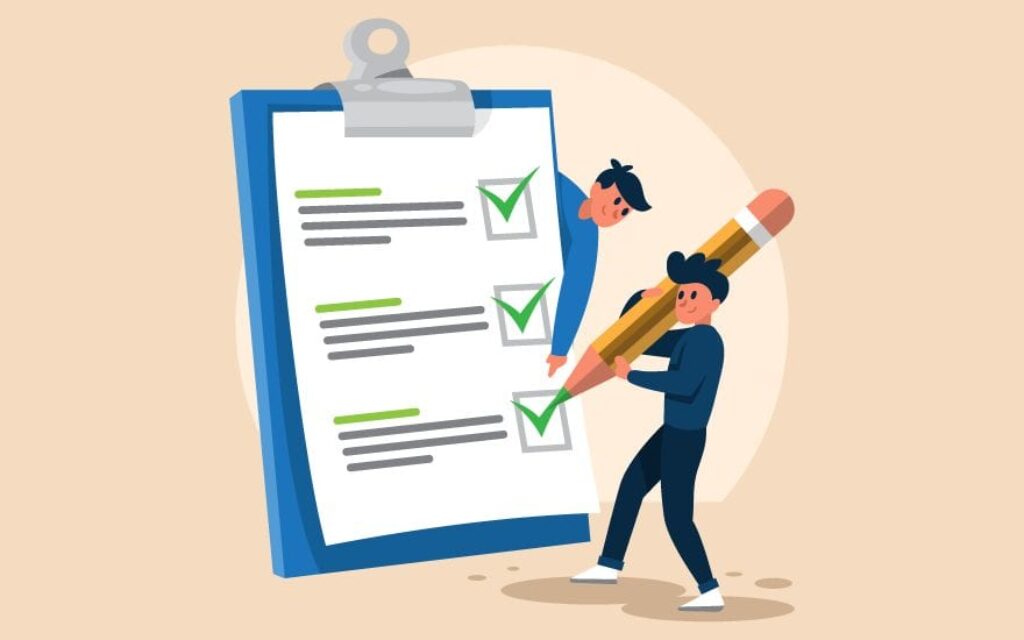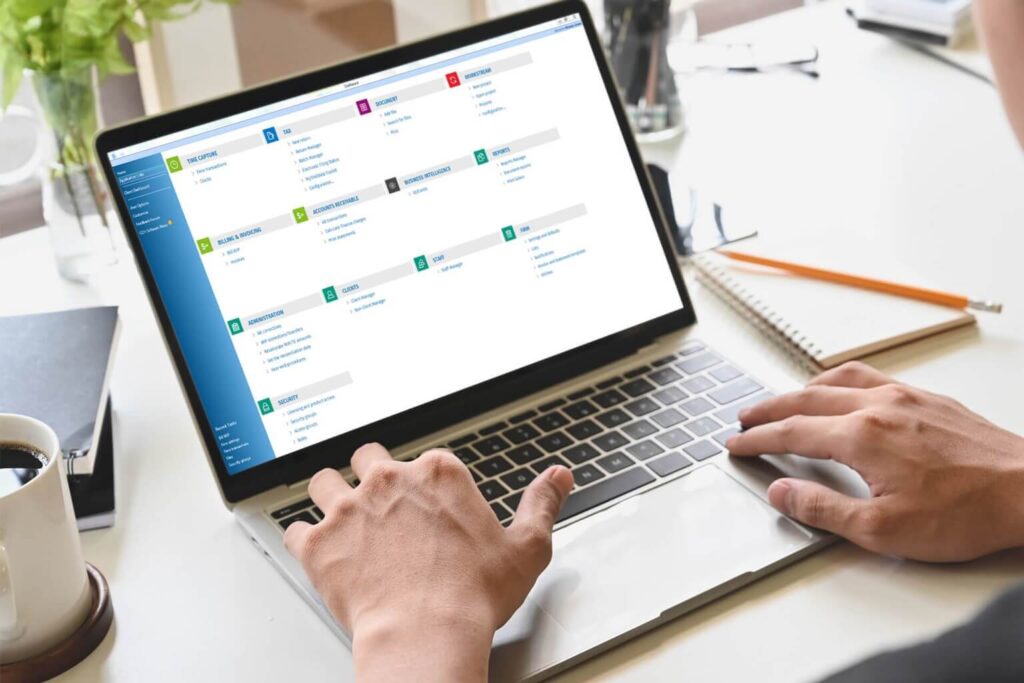
The economic situation in the United States is increasingly unpredictable. Home prices remain high, interest rates indicate an over-correction after years of record lows, and student loan relief is uncertain.
With so many factors out of your hands, it can feel like there’s not much you can do to manage. However, financial assistance for many obligations and opportunities is available for more people than you might think. If you’re feeling the pinch of inflation, learn more about financial assistance programs and how to qualify.
Table of Contents
1. Understand Eligibility Criteria

Source: leverageedu.com
Eligibility criteria are the first thing to review for any financial assistance program. Many programs use the U.S. Federal Poverty Guidelines as a baseline for calculating income eligibility. This annually-updated number considers geographic differences in the cost of living and family size. Generally, assistance programs will use a percentage of this base number for their eligibility parameters.
Most commonly, your income will drive your eligibility criteria. However, according to Truework, verification of income processes can differ, depending on the reason and company requesting proof. Read the information provided online about the programs you’re considering, and take note of their eligibility requirements. Download a copy of the application, to see the exact information they’re requesting.
Family size, employment or student status, and residency are common criteria for assistance programs. Generally, more demands on your income or time, like a larger family or balancing work and school, can influence eligibility. If you’re married, planning to marry soon, or in the middle of a divorce, this will impact your family size. Similarly, consider the dependents you list within your household, especially if you’re expecting to add children or share custody.
Review the criteria and rules for the programs you’re considering and familiarize yourself with the most up-to-date annual numbers. Call their support line to ask any questions you may have before applying. Resist the urge to apply without first confirming documentation requirements or eligibility factors. An incorrect or incomplete application can impact your approval timeline, so don’t risk delays for the sake of rushing. With a clear understanding of what it takes to qualify, you can begin gathering proof for your application.
2. Organize Key Required Documents

Source: wolterskluwer.com
If you haven’t guessed by now, you’ll need to prove your annual income and verify its source. Your annual tax filing is often the first document requested by assistance programs, so ensure you have copies available. Download a copy from your tax filing software or request a copy from the Internal Revenue Service. All taxpayers can create a free online account with the IRS, which offers convenient access to their tax filing data.
If your tax documents don’t work or are unavailable, log on to your bank account profile and download the last few months of statements. Your monthly statements will show the transaction history of deposits and debits which can further confirm your income. If your assistance program requires you to confirm your employment status, these documents can help tell the whole story.
If you’ve recently changed jobs or had a change in wages, you can supply your most recent W2 or a proof-of-income letter from your employer. If you are receiving any other forms of government assistance or benefits, be prepared to provide documentation related to those as well. This may include Social Security benefits, unemployment benefits, or disability payments. Demonstrating your current level of support from other programs can be relevant in determining the level of assistance you’ll receive from a new program.
Some programs, like home ownership assistance, require proof of residency in a city, county, or state. Typically funded by local tax dollars, these programs focus on supporting those within their boundaries. Prove your residency based on their application specifications, which commonly accept certain address-based bills, like utility bills, as proof. Download several months of all potential documentation and create a folder on your favorite secure cloud-based server for easy access.
3. Keep a Calendar of Deadlines and Key Application Milestones

Source: flexjobs.com
Applying for financial assistance can get as complex as launching a new job search. Treat your application endeavor as seriously as you would applying for your dream school or job. Create a spreadsheet to track the assistance types you’re considering to stay organized. Include columns for income requirements, application deadlines, and reminders for documentation. Update your tracking file as you submit applications, making note of decision timelines relevant to you.
Student loans and the major monthly demand on college graduates’ budgets have made headlines for decades. Recently, student loan relief options have expanded, with more on the way in 2024. Review the current student loan repayment options and see if you may be eligible for an income-based repayment plan.
These plans use a factor of the U.S. Poverty Guidelines for family size to adjust a borrower’s income limits. Today, payments may not exceed 10% of your discretionary income. However, in 2024, this limit decreases to 5%, along with income adjustment changes, and rules about spousal income and interest.
If you’re considering an income-driven plan, it’s important to know that participants are required to confirm their income annually. This annual verification confirms that you’re paying no more than you’re required to. This can be a big help for those whose family size increases, which will impact the income exemption factor. If a recent job loss or change decreases your annual income, you can right-size your income-based repayment plan. Add alerts to your calendar for these deadlines and applications to ensure you’re considered for the programs you’re eligible for.
Gain the Advantage with Financial Assistance
You might hesitate to apply for financial assistance, even if you meet all the eligibility requirements. Social stigma, feelings of taking advantage of public programs, and shame may surface, deterring you from applying. However, remember this key fact: financial assistance programs exist to help those who qualify. Whether you’re facing job loss and need support for essentials, or you’re balancing student loan repayment, sometimes you need help.
Assistance programs are designed to fill the gaps, adjust payment requirements, and provide opportunities for those whose circumstances need them. Confidently research, apply, and accept financial assistance, taking care to leverage your financial relief to your advantage. When you do, you’ll be prepared for a lifetime of economic highs and lows thanks to your solid financial foundation.







